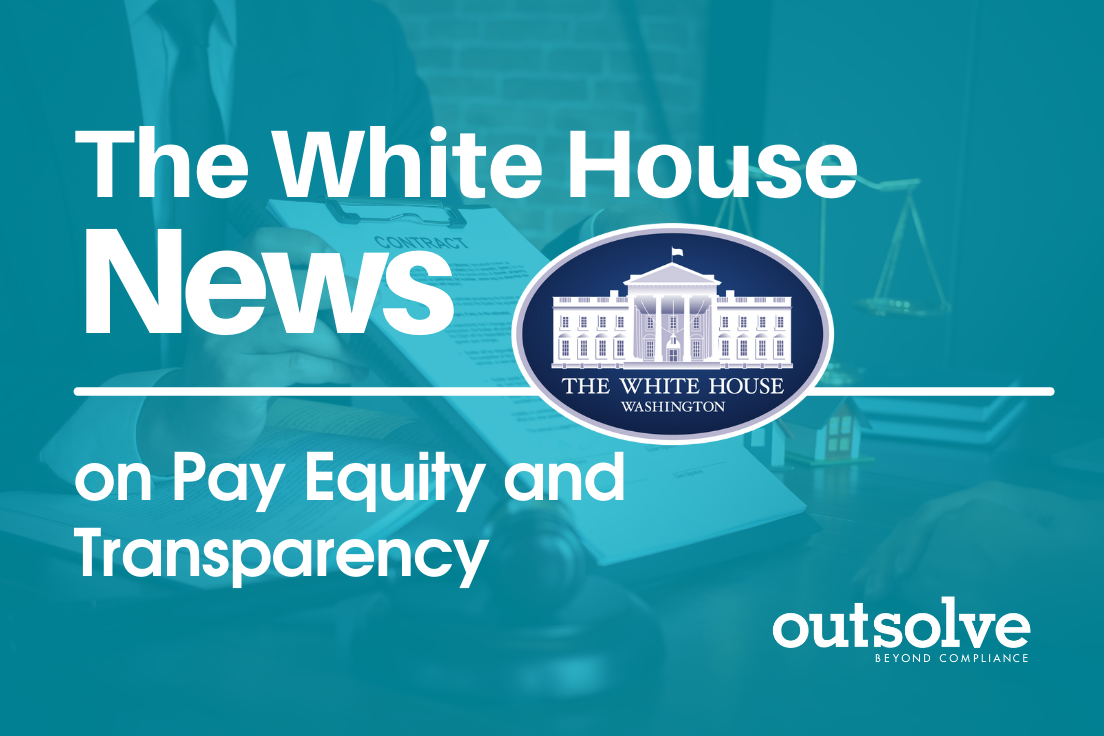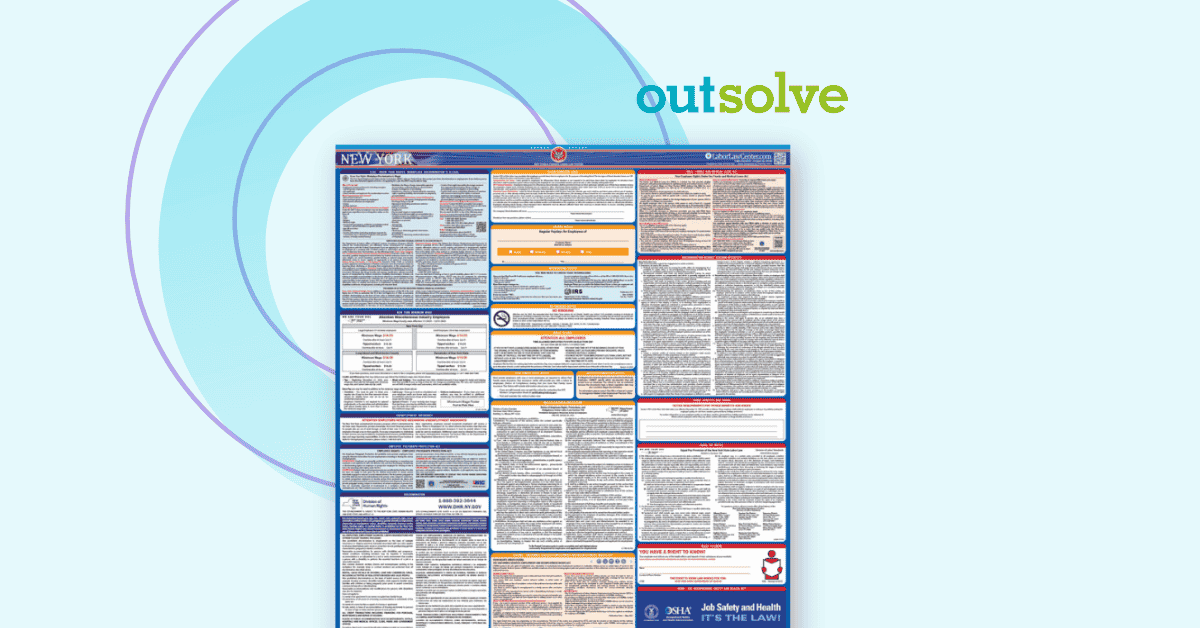2 min read
Executive Order Aims to Promote Pay Equity and Transparency in Federal Contracting
 Alex Gonzalez
:
Mar 18, 2022 2:30:23 PM
Alex Gonzalez
:
Mar 18, 2022 2:30:23 PM

Federal Acquisition Regulatory Council to propose rules to enhance pay equity and transparency
Key Points
- Follows Executive Order 14035 - Diversity Equity, Inclusion, and Accessibility in the Federal workforce
- Issued the day after OFCCP published Directive 2022-1 on Tuesday, March 15, 2022, that reinforced Pay Equity analysis requirements for Federal Contractors/sub-contractors
- The Federal Acquisition Regulatory Council is required to issue proposed rules that pay equity and transparency for job applicants and employees of federal contractors and subcontractors
- The proposed rules could limit or prohibit federal contractors and subcontractors from seeking and considering information from job applicants’ and employees’ existing or past compensation information when making employment decisions.
- More to come as we monitor the efforts of the Federal Acquisition Regulatory Council to issue proposed rules
 OutSolve’s Take
OutSolve’s Take
The week of March 15, 2022, brought forth a wave of Pay Equity related events:
Tuesday, March 15: Equal Pay Day – women earned $.0.83 for every dollar compared to men’s wages
Wednesday, March 16: OFCCP Directive 2022-01on Pay Equity Audits
Thursday, March 17: Executive Order promoting Pay Equity and Transparency
March also includes several other pay equity events: California Pay reporting due on March 31 (actually April 1 for 2022), and the starting date for State of Illinois Equal Pay Certification, on March 24. It is abundantly clear that Pay Equity is a top priority at the Federal and State levels that will only continue to further evolve and extend.
Individual states have also been active in enacting pay equity and transparency laws that prohibit employers from soliciting prior compensation information during the selection process. Other states like Colorado require employers to post pay rates or pay ranges in job postings. Washington State is the latest state to pass similar legislation. So far, there are approximately 19 states (including Puerto Rico) that have passed pay equity/transparency laws and the list is growing.
Employers, both public and private, and federal contractors should be reviewing their pay practices and pay systems on a regular basis. Federal contractors are already required to conduct an annual pay equity analysis as per 41 CFR 60-2.17(b)(3). It’s a best practice to ensure that employees are paid fairly without gender or race bias. In today’s competitive workforce, it’s critical that employers demonstrate their commitment to pay equity. These efforts aid an employer in sustaining their business by attracting and retaining the best talent.
Several statistical models could be used to conduct a pay equity analysis. For example, a simple comparison of average pay, a t-test to flag statistical difference in pay between women and men, or the use of the regression model, considered the gold standard in measuring statistical differences in pay.
The key in any of these models is to develop the best method of forming similar groups to analyze. You could use a cohort to group similarly situated positions. Some of these could be very broad like an EEO-1 job category although that may include varying types of jobs that make it more difficult to identify differences in pay. However, it does provide a place to start and then refine into more similarly situated groupings.
Let OutSolve assist you by conducting a proactive compensation risk analysis to identify potential pay problems. Contact your OutSolve Consultant or OutSolve directly at 888-414-2410 or info@outsolve.com.
Alex Gonzalez recently joined OutSolve as VP of Product and Market Development. Alex will be working with the team to expand OutSolve’s offerings for clients and bring greater opportunities for growth and development to OutSolve. He has spent more than 30 years leading hundreds of clients in various industries in preparing affirmative action programs and diversity programs, implementing software solutions, and managing strategic product roadmaps.
Recent Posts

New Executive Orders May Require Labor Law Poster Updates

HR Compliance Checklist: What Every HR Pro Needs to Know
Related Posts

DOL Appoints New OFCCP Director
The U.S. Department of Labor (DOL) announced their new Director of the Office of Federal Contract Compliance Programs (OFCCP) on March 24, 2025. ...

Legal Alert: Federal Court Greenlights Trump Anti-DEI Contract and Grant Certifications: This is Now Real!
OutSolve has invited John C. Fox, Esq. as a guest blogger providing legal insights on EEO and compliance issues. The views expressed in his posts are...

EEOC Issues Guidance on DEI Related Discrimination
The U.S. Equal Employment Opportunity Commission (EEOC) and the Department of Justice (DOJ) jointly issued a press release on Wednesday, March 19,...
